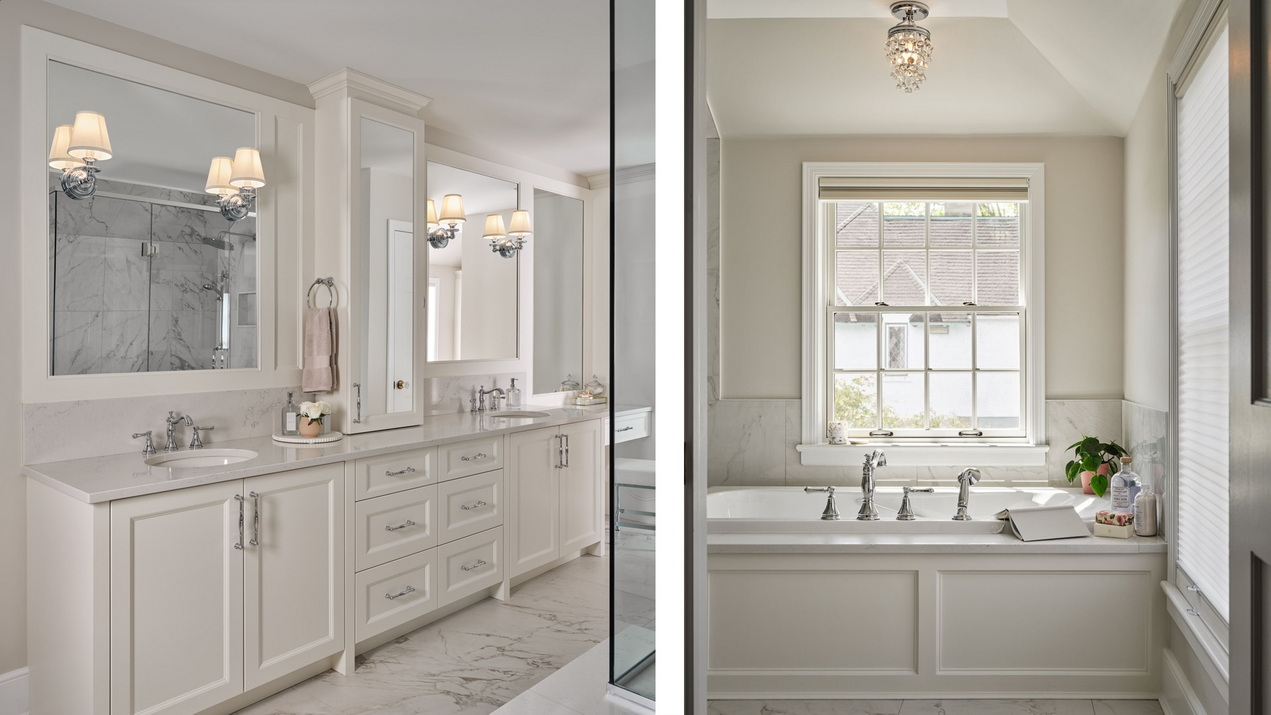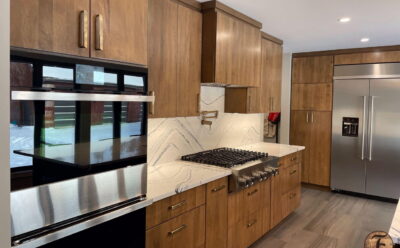As families grow and lifestyles evolve, adding space to a home can make a big difference in comfort and functionality. But it is a significant decision, involving considerable investment and planning. So, when is the right time to take this step, and what should you consider during the design process?
Here’s how to navigate those questions and ensure your home addition is a success.
Adding space: Determining the need
Before diving into the design and construction of a home addition, assess your current and future needs. In some cases, an addition may not be necessary if a more efficient and functional use of existing space can be found. However, an addition may the best solution in many situations, including:
Growing family: As your family expands, whether through the birth of children, accommodating elderly parents or welcoming relatives, the need for additional bedrooms and bathrooms becomes apparent.
Home office: With the rise of remote work, a dedicated home office space can boost productivity and create a clear boundary between work and home life.
Lifestyle changes: Starting a home-based business, taking up a new hobby, needing a home gym — all these lifestyle changes may necessitate adding space to a home.
Entertaining: If you enjoy hosting gatherings, an expanded kitchen, dining area or living room will enhance your entertaining capabilities.
Increasing property value: Sometimes, homeowners add space to increase their home’s resale value. Strategic additions can offer a significant return on investment if done thoughtfully.
Key considerations when designing an addition
Once you’ve determined that adding space is the right move, the next step is to plan the design of your home addition. Here are essential factors to consider:
Budget: Establish a realistic budget early in the process. This should include construction costs, design fees, permits and a contingency fund for unexpected expenses. Sticking to your budget will help guide decisions and prioritize needs versus wants.
Zoning and permits: Before any construction begins, your designer should check local zoning laws and obtain the necessary permits. Regulations vary by location and may affect the size, height and location of your addition. Working with a professional helps navigate these requirements smoothly.
Design harmony: Ensure the addition blends seamlessly with the existing structure. Consider architectural style, roof lines, exterior materials and colour schemes to create a cohesive look. A well-integrated addition enhances curb appeal and feels like a natural extension of your home.
Functionality and flow: Think about how the new space will connect with the rest of the house. The addition should improve the overall flow and functionality of your home. Open floor plans, easy access to essential areas and logical placement of rooms are key elements to consider.
Natural light and ventilation: Maximizing natural light and ventilation makes the new space more inviting and energy efficient. Large windows, skylights and open layouts help achieve this. Proper ventilation also ensures a healthy living environment.
Future needs: Plan with the future in mind. Consider how your family’s needs might change over time and design the space to be adaptable. Flexibility in design can save you from another major renovation down the line.
Energy efficiency: Incorporating energy-efficient features reduces long-term operating costs and increase the comfort of your home. Insulation, energy-efficient windows and sustainable materials are valuable investments.
Professional help: Hiring experienced professionals — architects, designers and contractors — makes the process smoother and more efficient. Our expertise ensures that the project adheres to local codes, stays on budget and achieves the desired esthetic and functional goals.

Real-life examples and inspiration
Seeing real-life examples, perhaps by visiting builders’ model homes or looking at award-winning projects, provides inspiration and helps you visualize possibilities for your own addition:
Kitchen: Expanding the kitchen to create a spacious, open-concept area with an island, modern appliances and ample storage transforms the heart of your home.
Primary suite: Adding a primary suite with a walk-in closet and ensuite bathroom can provide a private retreat and enhance comfort.
Sunroom: A sunroom addition can offer a serene space filled with natural light, perfect for relaxation or entertaining.
Adding more space to a home pays off in many ways if it’s done correctly. By evaluating your needs, setting a realistic budget and working with professionals, you can create an addition that enhances your living space, meets your evolving needs and adds value to your property.
Whether you’re looking to accommodate a growing family, create a dedicated workspace, or simply improve the functionality of your home, a well-designed addition can make your home more enjoyable and adaptable for years to come.



